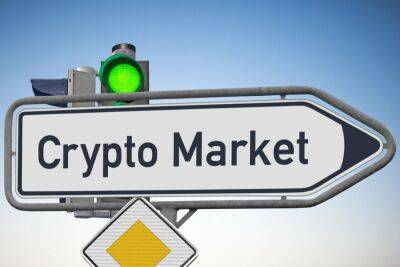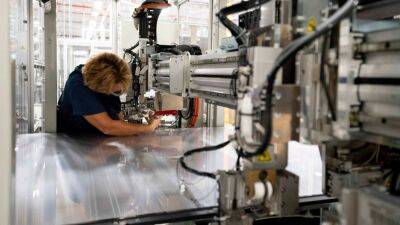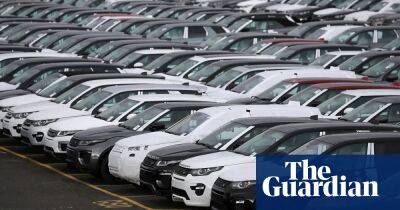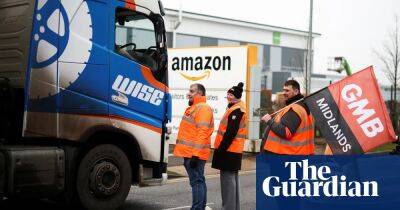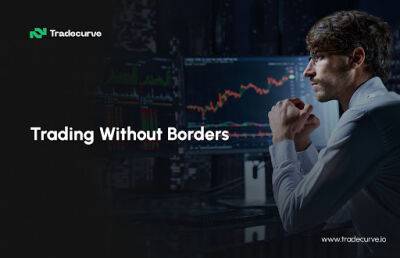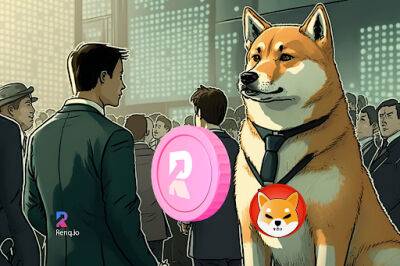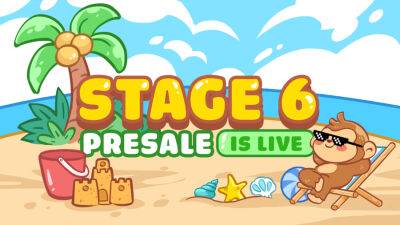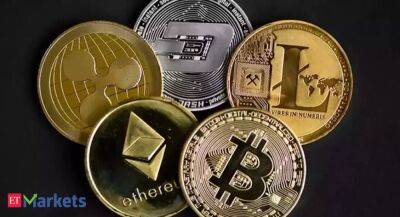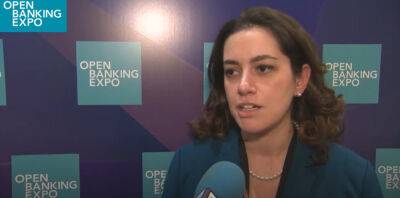UK shoppers turn to own-label products as food price inflation stays above 17%
Shoppers increasingly turned to supermarkets’ cheapest own-label products as grocery inflation remained above 17% over the past month, keeping the pressure on already strained household finances.
Sales of the very cheapest value own-label lines jumped 46% in the four weeks to 16 April, compared with a year earlier, dropping in to nearly one in five baskets as consumers sought to make savings.
The rate of supermarket inflation dipped slightly to 17.3% over the period from 17.5% a month earlier, according to the data from Kantar, but the industry analysts said it was too early to say grocery inflation had peaked.
“The latest drop in grocery price inflation will be welcome news for shoppers but it’s too early to call the top,” Fraser McKevitt, the head of retail and consumer insight at Kantar, said. “We’ve been here before when the rate fell at the end of 2022, only for it to rise again over the first quarter of this year.
“We think grocery inflation will come down soon, but that’s because we’ll start to measure it against the high rates seen last year. It’s important to remember, of course, that falling grocery inflation doesn’t mean lower prices, it just means prices aren’t increasing as quickly.”
Several supermarket bosses have said they expect inflation to ease by the second half of the year as freight and energy costs have eased – although some commodities continue to rise in price.
Households are trying to offset inflation by turning to supermarkets’ own-label products and visiting discounters such as Aldi and Lidl.
The 46% rise for supermarkets’ cheapest value own-label lines was higher than the 13.5% rise in total own-label products and a 4.4% rise in sales of branded items. The figures suggest that the number of branded
Read more on theguardian.com


